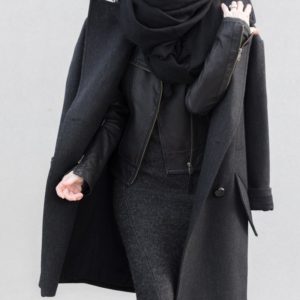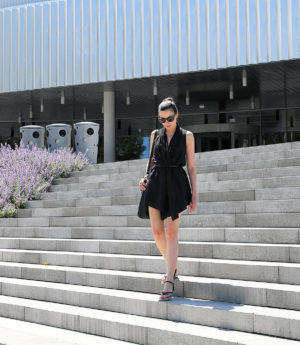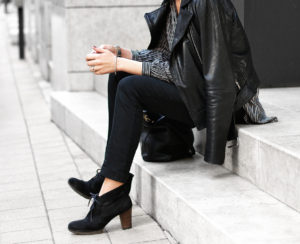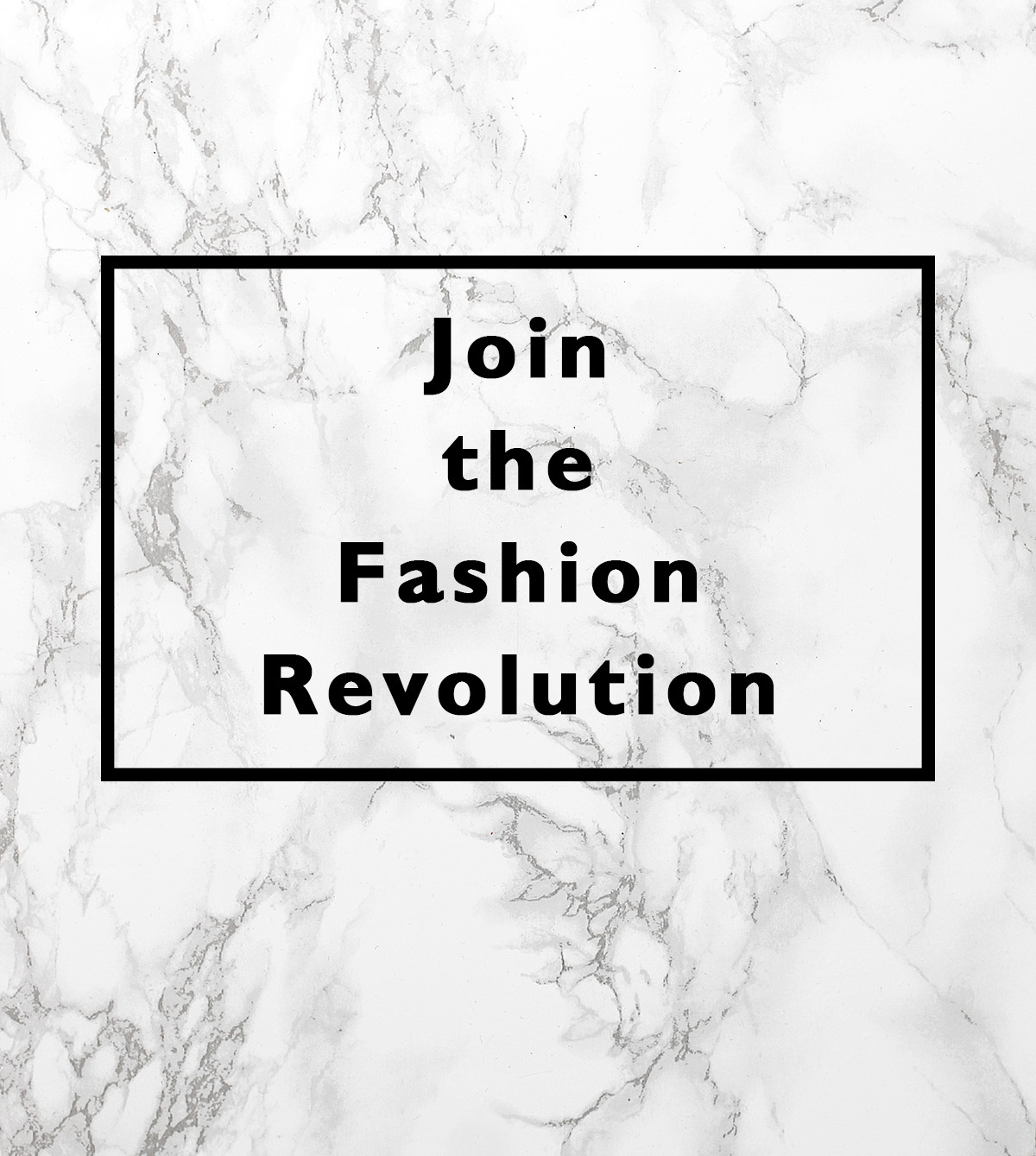
On April 24th 2013, the Rana Plaza Clothing Factory in Dhaka, Bangladesh collapsed, killing1130 garment workers were and injuring over 2500 others. The factories operating in that building made clothes for over a dozen well-known international, high-street clothing brands. It took weeks for some companies to determine whether they had contracts with those factories despite their clothing labels being found in the rubble.
While this tragic event shed some light on the horrible conditions our clothes are made in and how our fast consuming habits affect those who make them, so far, there’s been no significant widespread changes in the production of many brands.
It’s the classic case when business goals triumph over anything else. Fast fashion brands make money by offering thousands of new clothes every week, for a relatively low price. To be able to produce and sell this amount of clothing (Zara for example introduces new clothing designs every two weeks) at this price point and to make a profit, they need to keep production costs very low. So they find the places and the people in the poorest regions who are desperate enough for money to work in horrible conditions, for no money. Then they ship the clothes halfway through the world, back to the stores.
As one author put it: “It sounds like common sense – when you’re paying £5 for a t-shirt made on the other side of the world, you can be fairly sure that someone wasn’t paid enough to make it.”
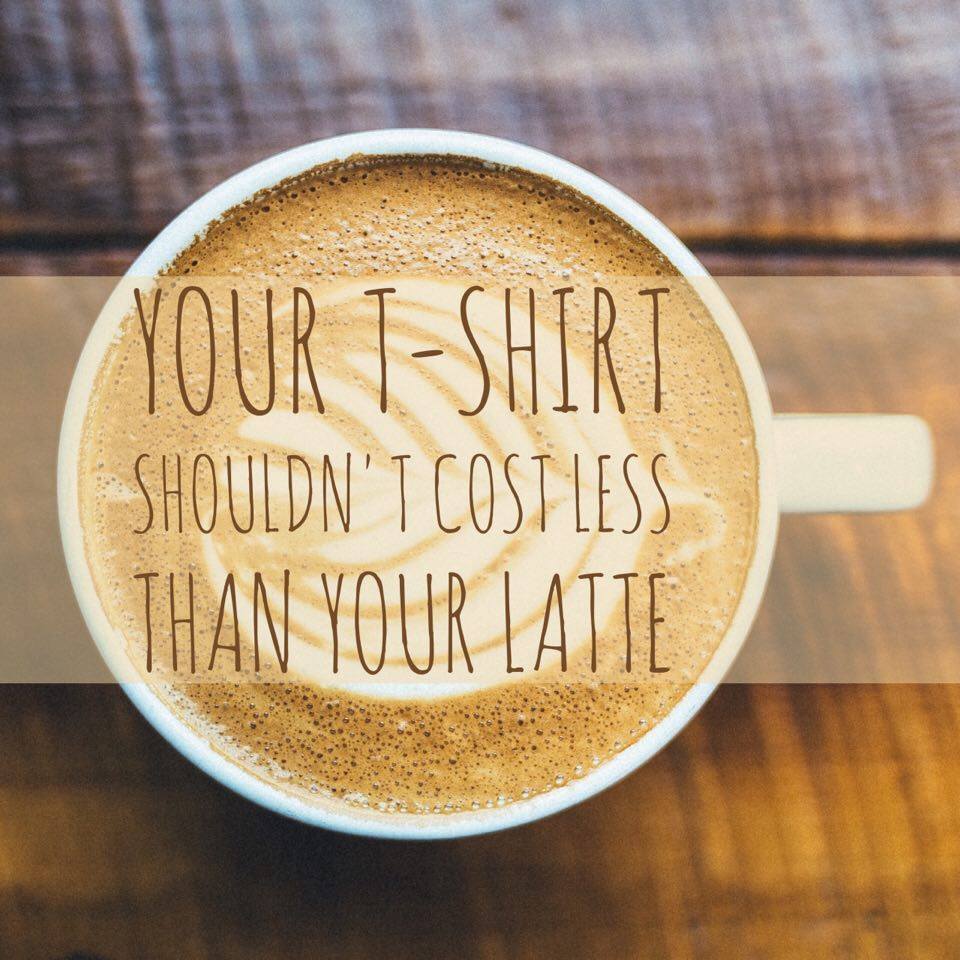
The Fashion Revolution movement was born out of a desire that such a tragedy can never happen again. Today, both people and the environment suffer as a result of the way fashion is made, sourced and purchased. It’s time for a Fashion Revolution, and the beginning of this process is transparency.
Fashion Revolution Week (April 24-30) is about demanding that transparency.
- Read more and join the Fashion Revolution Movement here
- Tweet brands, send them emails, take a photo of your clothing label, tag and ask them #whomademyclothes. Share on Facebook, Instagram.
- Share a story about your favorite clothing, encourage others to fall in back with their clothes, rather than buying new ones
- Join others and take part in an event
- Spread awareness on social media. In 2016, over 70,000 people around the world asked brands #whomademyclothes?, which reached 156 million organic impressions. More than 1,000 brands and retailers answered #whomademyclothes, 448% more than 2015. Over 300 mainstream brands responded to the question, including Fat Face, Boden, American Apparel, Marimekko, Massimo Dutti, Warehouse and Zara.
- Donate to the cause
Be aware of the issue. Rising above blissful ignorance and knowing that there are issues with today’s fashion industry is, in my opinion, the most crucial first step. Knowledge is power. Read on the Internet. Watch The true cost on Netflix. See transparency reports.
Shop less. Style doesn’t depend on how many pieces of clothing we own. Shopping in itself does not bring happiness. Retail therapy does not exist. Be an individual. Rise above seasonal trends. Find your own style. Create your ideal wardrobe and work it. Resist the urge of consuming fashion at a pace no one can keep up with.
Shop local. One of my problems with fast fashion and trends, besides the sustainability and quality issues, is that it’s boring. Who likes it when you see the top you’ve just bought on five other people? Bring versatility into your style and go out of the obvious fashion shopping routines. Discover lesser-known local designers, who produce unique clothing locally and with quality materials.
Buy quality. Extending the lifespan of our clothes is an important step. Buying cheap quality is a vicious cycle. You buy something, because it looks good and is really cheap. But it usually comes with a value cost of quality. After a couple of wears or washes, it doesn’t look the same anymore. You throw it away and go out to buy another one. It never ends. Buying quality is the best investment. You shop less at the end, as your clothes do not fall apart after a season. You’ll love your clothes more, because quality does look good. Send a message to brands that we want quality for our money.
Discover ethical brands. Find ethical alternatives to fast fashion brands. You don’t have to sacrifice cool fashion for being ethical. Some brands make beautiful, unique, and quality clothes while producing in an ethical way that considers both the planet and people. Check out Everlane, Reformation, People Tree, the ASOS Eco Edit, Matt &Nat, Stella McCartney, MADE.
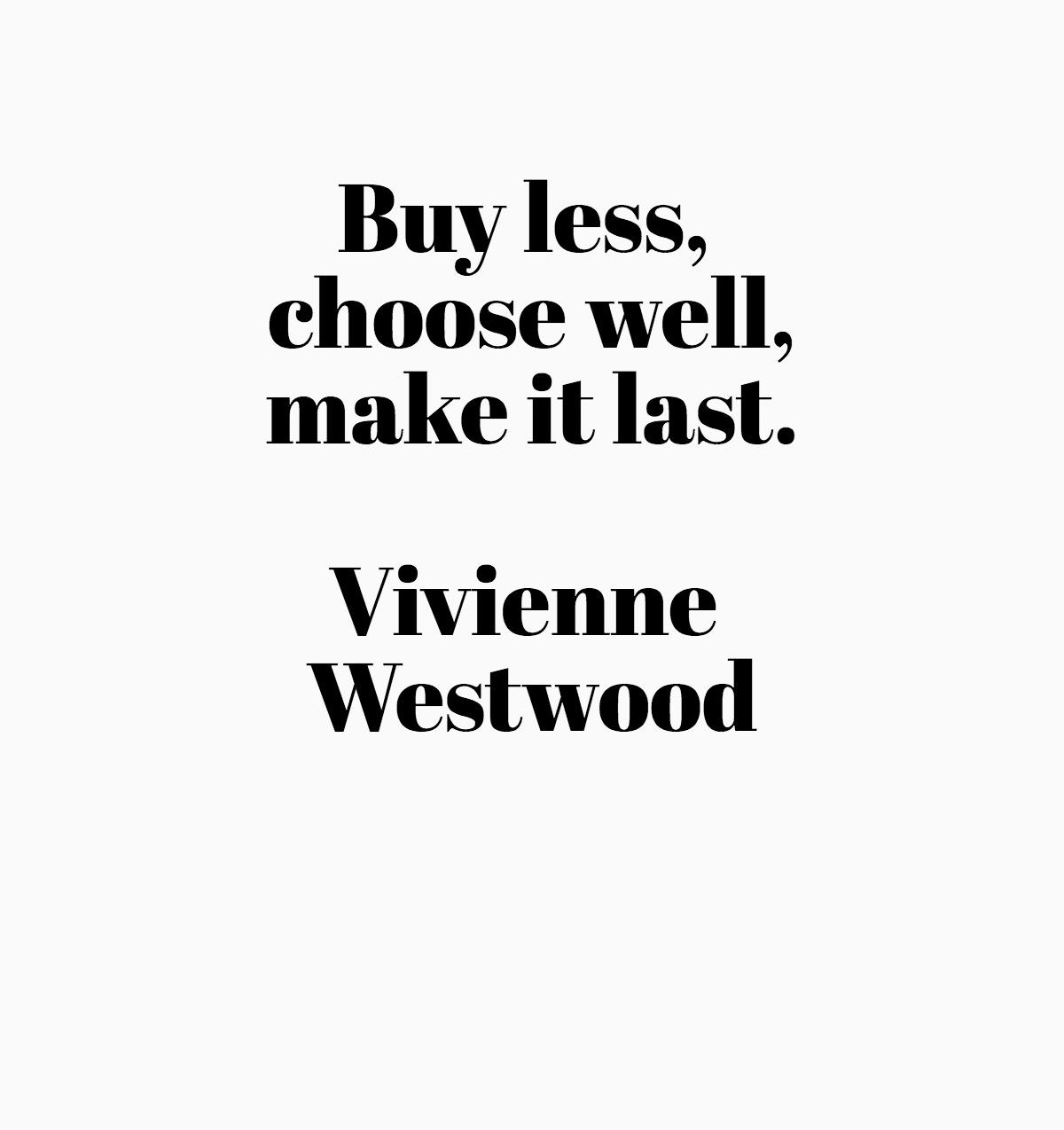
Do what you can. It’s not an all or nothing game. Every single small change counts.

